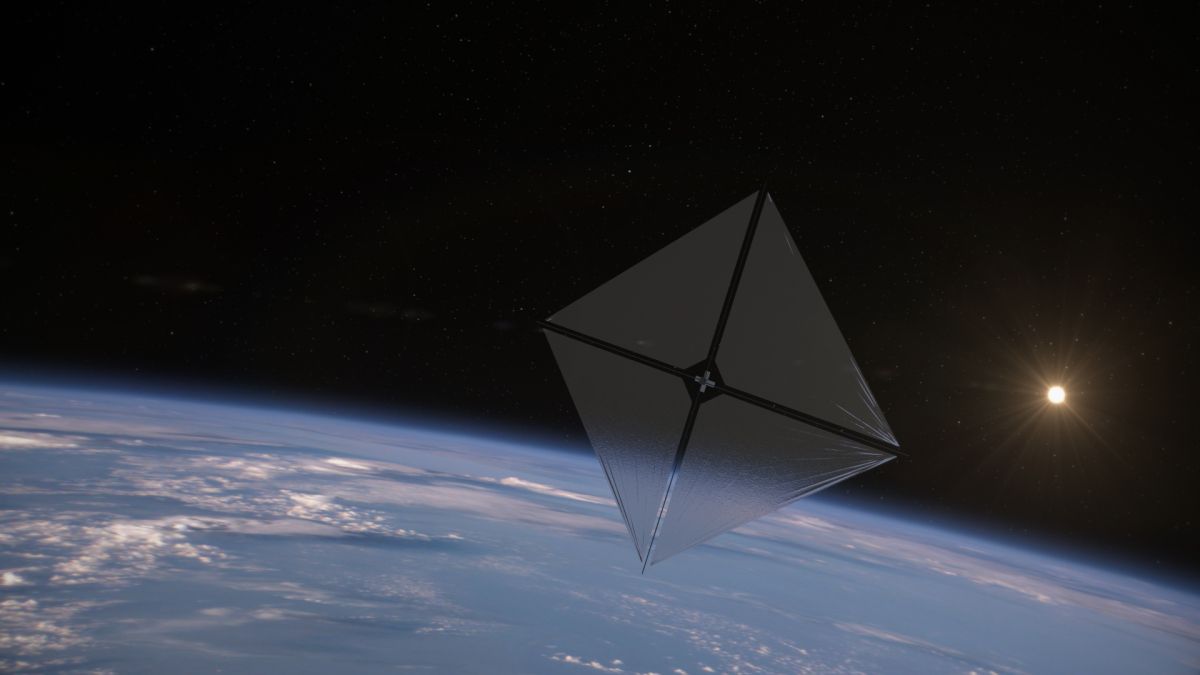NASA’s Next-Generation Solar Sail Boom Technology Ready for Launch
Imagine embarking on a journey across the vast expanse of space, harnessing the power of sunlight as your sole means of propulsion. This futuristic concept is no longer confined to the realm of science fiction; it’s becoming a reality with NASA’s groundbreaking solar sail mission.
Unveiling the Advanced Composite Solar Sail System
Slated for launch in April aboard Rocket Lab’s Electron rocket from New Zealand, the Advanced Composite Solar Sail System is poised to revolutionize space exploration. This innovative mission aims to tap into the power of sunlight to propel a spacecraft through the void without the need for conventional fuel.
How Solar Sails Work
Unlike traditional spacecraft that rely on thrust from chemical propellants, solar sails harness the energy of photons emitted by the Sun. These photons exert a slight but continuous force on the sail’s reflective surface, generating enough momentum to accelerate the spacecraft. By adjusting the angle of the sail, like adjusting the sails of a sailboat, astronauts can control the direction and speed of their solar-powered vessel.
Benefits of Solar Sailing
The primary advantage of solar sailing lies in its incredible efficiency. Without the need for heavy and expensive propulsion systems, solar sails drastically reduce the cost and complexity of space missions. This opens up the possibility for longer-duration, deep-space expeditions that would otherwise be impractical with traditional propulsion.
- Eliminates the need for onboard fuel, reducing costs and increasing mission payload capacity.
- Enables precise control of the spacecraft’s trajectory and speed.
- Provides a continuous source of propulsion, allowing for sustained acceleration over long distances.
Composite Boom Innovation
A key feature of the Advanced Composite Solar Sail System is its innovative composite boom. Previous solar sails have been hampered by bulky and heavy booms, limiting their deployment and maneuverability. NASA’s new composite boom, made of a lightweight and flexible combination of polymer and carbon fiber, addresses this challenge.
“Booms have tended to be either heavy and metallic or made of lightweight composite with a bulky design – neither of which work well for today’s small spacecraft,” explains Keats Wilkie, principal investigator of the mission. “Solar sails need very large, stable, and lightweight booms that can fold down compactly. This sail’s booms are tube-shaped and can be squashed flat and rolled like a tape measure into a small package while offering all the advantages of composite materials, like less bending and flexing during temperature changes.”
Mission Objectives and Goals
The primary objective of the Advanced Composite Solar Sail System mission is to demonstrate the successful deployment and operation of the composite boom. Additionally, the mission team hopes to test the sail’s performance by executing a series of maneuvers to alter the spacecraft’s orbit.
“We’re excited to see how this next-generation solar sail technology performs in space,” said Bruce Campbell, solar sail project manager at NASA’s Marshall Space Flight Center. “If successful, this mission will pave the way for future deep-space missions that leverage the power of sunlight for exploration and scientific discovery.”
As the launch date approaches, the anticipation builds for this groundbreaking mission that promises to transform the future of space travel. By harnessing the limitless power of the Sun, NASA’s Advanced Composite Solar Sail System is poised to open up new frontiers and expand humanity’s reach beyond our planet’s atmosphere.
also read:How does NASA’s Advanced Composite Solar Sail System aim to redefine space travel?

